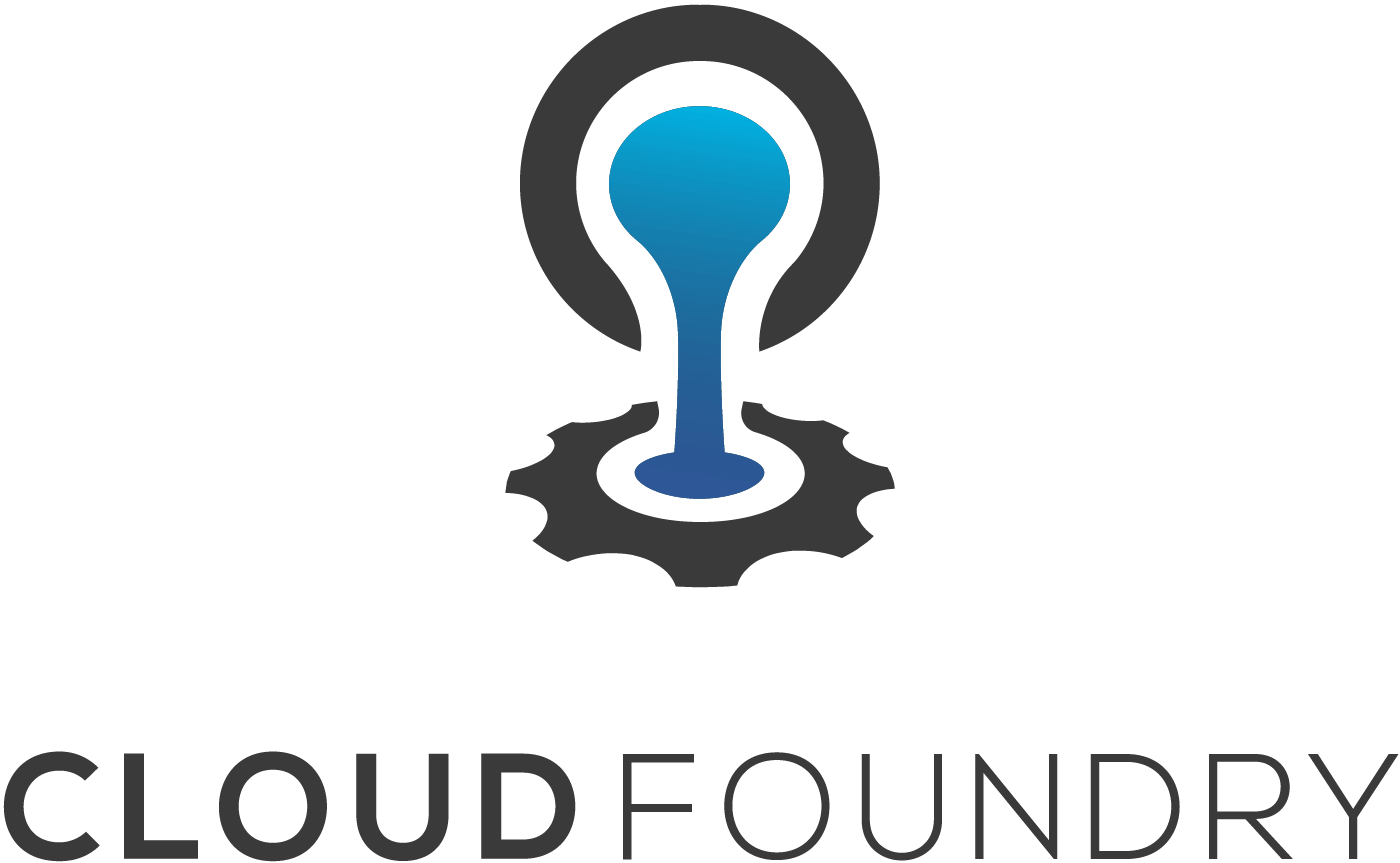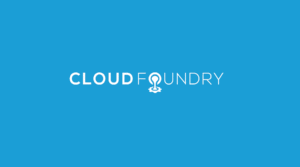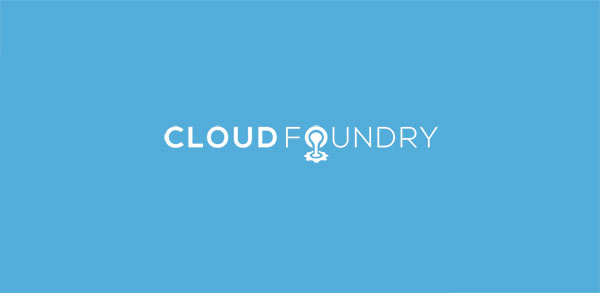By Julian Fischer, CEO of anynines, a platform operations company specializing in Cloud Foundry, Kubernetes, and data service automations used by leading enterprises worldwide.
Over the past decade, we’ve seen a profound transformation in the way enterprises build, deploy, and scale their applications. As the CEO of anynines, a long-time contributor to the Cloud Foundry ecosystem and a provider of platform operations and data service automation, I’ve had the privilege of working with organizations of all sizes as they navigate their cloud journeys.
The pace of innovation in cloud native technologies is staggering, but it also brings complexity. Enterprises are no longer simply choosing between virtual machines and containers—they’re crafting strategies to deliver developer productivity, operational scalability, and architectural resilience. Today, I’d like to offer some reflections on where Cloud Foundry stands in 2025, the evolving role of Kubernetes-based platforms, and how we can bridge the gap between them to build better developer experiences and stronger technical foundations.
Cloud Foundry’s Enduring Value Proposition
Despite the spotlight shining brightly on Kubernetes in recent years, Cloud Foundry has continued to demonstrate its unique value proposition—especially in large-scale enterprise environments. In fact, it’s enjoying something of a renaissance.
The reason is simple: Cloud Foundry solves real problems that large organizations face when transitioning to cloud native development. Enterprises with thousands of developers need more than just container orchestration—they need platforms that offer true developer self-service, strong multi-tenancy, and a paved path to production for thousands of applications.
The beauty of Cloud Foundry lies in its ability to abstract away infrastructure concerns and empower developers to deploy applications with a single command—without needing to understand networking, containers, or storage layers. This is not merely a convenience; it’s a business advantage. When developer teams can ship code independently and reliably, without involving operations teams for every change, innovation accelerates, and time-to-market shrinks.
For teams that are still building cloud native expertise, Cloud Foundry offers a structured and mature environment. Developers don’t need to become experts in YAML, Helm charts, or Kubernetes operators to be productive. They focus on building value, and the platform takes care of the rest. In this way, Cloud Foundry continues to excel as a platform for scale, making it an ideal choice for enterprise teams managing hundreds or thousands of cloud-native applications.
The Maturation of Kubernetes-Based Platforms
That said, we must acknowledge the undeniable momentum behind Kubernetes. It has become the de facto standard for container orchestration and is increasingly seen as the infrastructure layer upon which modern application platforms are being built.
The initial wave of Kubernetes adoption was largely infrastructure-focused. Many organizations raced to deploy clusters and containerize their workloads, often as lift-and-shift migrations from legacy VM-based systems. But once clusters were up and running, a new set of challenges emerged around how to make Kubernetes usable and safe for developers at scale.
The shift in focus from infrastructure to application developer needs has revealed just how complex Kubernetes really is. While it’s a powerful toolkit, Kubernetes is not a platform—at least not one that prioritizes developer experience out of the box. Developers often find themselves lost in the labyrinth of YAML files, resource definitions, and custom tooling.
The complexity multiplies when you introduce stateful workloads and data services. Running a web application on Kubernetes is hard enough; provisioning a secure, highly available PostgreSQL database on-demand—without relying on a ticketing system or infrastructure team—is an entirely different level of challenge.
This is where we see a growing opportunity: to bring the developer experience of Cloud Foundry into the Kubernetes world.
Bridging the Worlds: Cloud Foundry Meets Kubernetes
At anynines, we’ve been actively investing in projects that bridge the gap between these two worlds. Initiatives like Korifi and Klutch sponsored by anynines and others in the ecosystem—bring Cloud Foundry’s elegant developer experience to Kubernetes-based infrastructure. These projects provide a familiar workflow (cf push) on top of Kubernetes, allowing organizations to modernize their platform stack without sacrificing developer productivity.
This convergence is not about replacing Cloud Foundry or forcing a migration. Instead, it’s about giving organizations options. You might have some teams or regions that benefit from the maturity and operational model of classic Cloud Foundry deployments, while others may want to build on Kubernetes-native platforms. By extending the Cloud Foundry experience into Kubernetes, a hybrid future where teams can choose the right tool for the job, without fragmenting workflows or introducing unnecessary friction is much more accessible.
We’re entering an era where platform teams need to think in terms of product portfolios rather than singular platforms. Just as a company might offer multiple product lines to different market segments, internal platform teams must curate a set of application delivery experiences that align with the needs of their internal customers—devs.
Over the next 24 months, I expect we’ll see a wave of new application platforms emerge that are built on Kubernetes but inspired by Cloud Foundry. These platforms will emphasize automation, simplicity, and user experience. They will treat developer productivity as a first-class concern and strive to reduce cognitive load while improving security, compliance, and scalability.
The Strategic Advantage of Open Standards
As we look to the future, one principle becomes increasingly clear: open standards matter more than ever.
The cloud native ecosystem is in constant motion. New projects emerge every week, licensing models change, and corporate acquisitions introduce uncertainty. In such a dynamic environment, organizations that build on proprietary platforms or tightly coupled vendor APIs risk losing flexibility and leverage.
It’s important to diversify supply chains to reduce risk and increase negotiating power. The same logic applies to technology strategy.
By building on open standards such as Kubernetes, Open Container Initiative (OCI) specs, and Cloud Foundry’s open APIs, organizations gain the freedom to evolve. They can switch vendors, migrate between clouds, or refactor architectures without incurring massive rewrites. Open source platforms and open standards are not just idealistic principles; they are strategic investments that preserve optionality in an uncertain future.
This is why at anynines, we’ve chosen to remain deeply invested in open source. It enables us to serve our customers with solutions that are transparent, portable, and resilient to ecosystem shifts.
Navigating the Future: Recommendations for Enterprise Leaders
As enterprise leaders grapple with the evolving cloud native landscape, here are three focus areas that I believe should guide decision-making:
1. Developer Experience
At the end of the day, the goal of any platform is to make developers productive. If a platform requires weeks of onboarding, steep learning curves, or frequent support tickets, it’s failing its core mission. Prioritize platforms that let developers deploy, test, and iterate quickly without needing to understand infrastructure internals.
2. Operational Efficiency at Scale
Running a platform for a dozen developers is very different from running one for 5,000 developers. Scalability, automation, governance, and observability become critical concerns. Choose platforms that have proven themselves in large-scale environments and can be operated with a high degree of automation and reliability.
3. Architectural Flexibility
Avoid lock-in. Build on open platforms that allow you to adapt as your business needs evolve. This includes avoiding overly proprietary APIs and embracing tools that interoperate well with others.
Closing Thoughts
The cloud native space is no longer about choosing a single platform. It’s about assembling the right set of tools and experiences to empower your teams—whether that’s with Cloud Foundry, Kubernetes, or something that blends both worlds.
At anynines, we believe in this balanced future. We continue to support and operate Cloud Foundry environments for large enterprises while building Kubernetes-based automations and platforms that extend these capabilities to new use cases. We are proud to contribute to projects like Korifi, Stratos, and Klutch that carry the Cloud Foundry legacy forward into a container-native world.
Ultimately, the future belongs to organizations that can combine developer-friendly experiences with operational excellence without compromise. Cloud Foundry, Kubernetes, and open standards are all part of this future. Let’s build it together.
We’re excited to be at the upcoming Cloud Foundry Day in Palo Alto! We invite you to join us not only for the main event, but also for the welcome reception we’re sponsoring that evening. It’s the perfect opportunity to continue our conversations about database management solutions in a more relaxed setting. We’d love to connect with you there!




